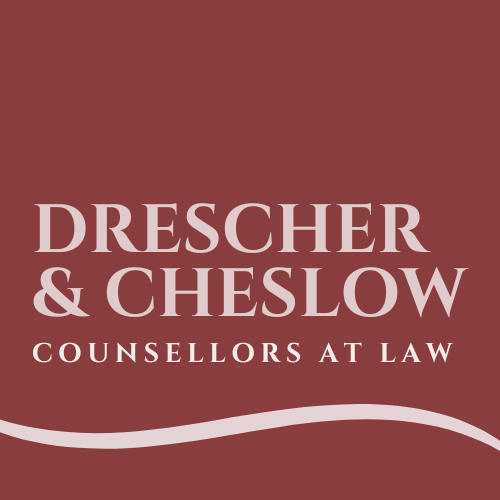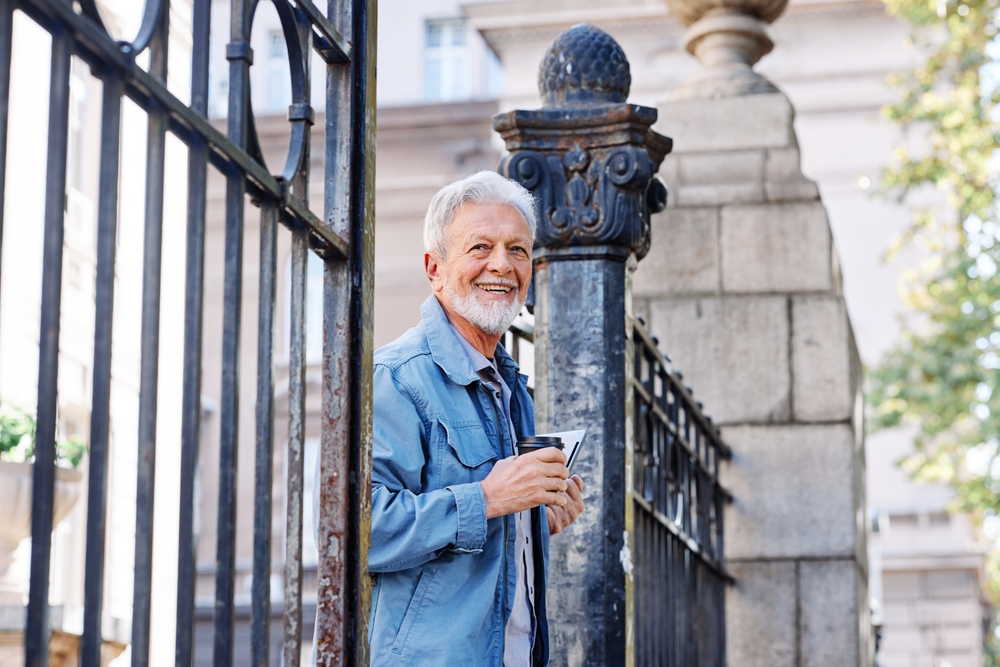America has three major housing issues for seniors: affordability, physical accessibility, and access to medical care and other services. There is a need for creative solutions to housing.

How the Holiday’s and Residents ‘Leave’ are Affecting Senior Living Facilities
Holiday travel and visitation hopes are on a collision course with COVID-19 and public health safety as the Coronavirus continue to spike throughout the country. The holiday season is here. Senior living communities and long-term care facilities and their operators are struggling with the implications that ‘holiday leave’ could have on older adults’ wellbeing in their care. Unsurprisingly, senior living operators are taking a variety of approaches to limit the contagious spread of the coronavirus, particularly during the holiday season when families and loved ones congregate. Extended family gatherings with multiple households while celebrating indoors with marginal COVID-19 protections are of particular concern.
The Centers for Disease Control and Prevention (CDC) posts an extensive set of guidelines for Americans to follow here and begins with the basics of checking potential gathering site community levels of COVID-19. Official state, city, and county health department linked information is also available through the CDC website. The CDC specifically states it “offers the following considerations to slow the spread of COVID-19 during small gatherings. These considerations are meant to supplement—not replace—any state, local, territorial, or tribal health and safety laws, rules, and regulations with which all gatherings must comply.”
McKnight’s Senior Living is reporting a survey through LeadingAge reveals 81 percent of care and senior living providers are encouraging all of their residents not to travel for the holidays because of the pandemic. The survey also states that any resident or staff who leave a senior living facility for holiday celebrations should self-quarantine before returning. Most senior living facilities and communities will be asking residents to disclose travel plans as well as self-quarantining and having a COVID-19 test upon return. The hope to accommodate family visits within facilities brings a wide range of solutions that may prohibit visitors or welcome small numbers of people in a shared space, and other variants in-between. Nearly half of the survey provider respondents are discouraging any guests on the property except in the case of end-of-life, essential caregiver, or similar compassionate care situations.
Most senior living facility operators are doing their best to respond to the coronavirus spike in the US by implementing more stringent rules for holiday congregating. However, this past September, the Centers for Medicare and Medicaid (CMS) issued revised guidance for nursing home visitation making provisions to increase visitation opportunities with residents to combat the negative emotional and mental health impacts that family separation can cause. This November 18, a CMS press release reiterated that the September CMS guidelines remain in place throughout the holiday season. The CMS instructions complicate things for many senior living facility operators as their instinct is to heavily restrict visitation and travel outside of the senior living community to protect residents. CMS has made it clear that failure to comply with their revised guidance may cause citations or other penalties as CMS deems appropriate.
The pressure is on facilities to find innovative ways to recognize the holidays without excessive personal gatherings, which increases the risk of coronavirus transmission within the facility. Also, facilities must implement self-quarantine and increased testing for those residents who choose and have the right to leave the nursing home to visit family or friends. Following all appropriate infection prevention guidance while facilitating resident holiday visitation and travel is proving to be as confusing as it is potentially dangerous. Everyone in contact with an older adult, whether in your home or during a facility visit, needs to double down on infection control and increased testing to help save lives.
Each state, city, county policy, and senior living facility has the responsibility to help senior residents connect with family and friends during the holidays while taking into account the federal CMS guidance. David Gifford, MD, MPH, chief medical officer for the American Health Care Association/National Center for Assisted living states, “Even though you may feel fine, more than half of people who have COVID-19 are asymptomatic, and the people you encounter at the Thanksgiving table or out at the grocery stores may work in a nursing home or assisted living community,” he said. “Wearing a mask and practicing physical distancing not only protects you, but it is a sign of respect for our elders and our healthcare heroes who care for them.”



